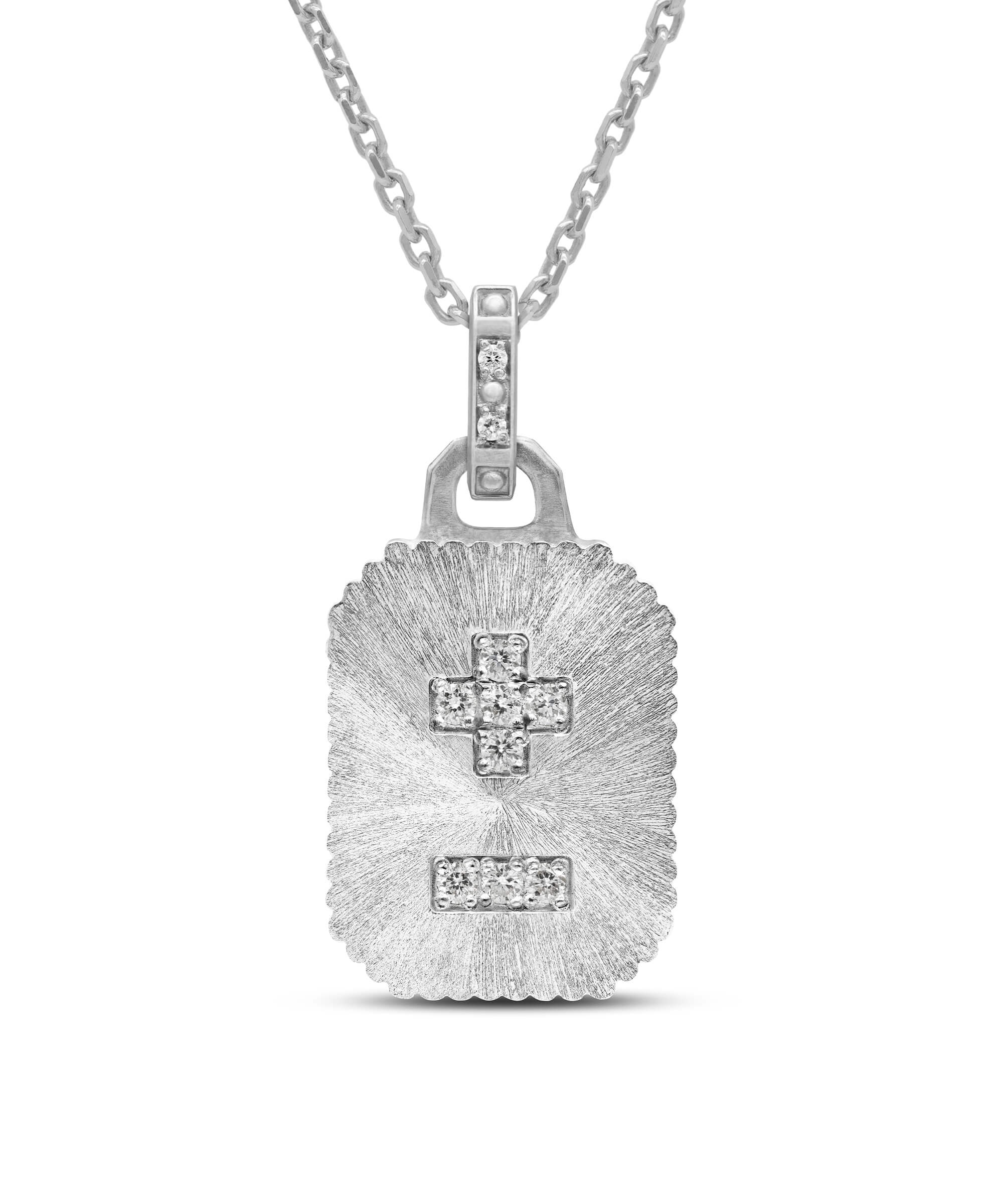The Tree of Life is one of the most ancient and widely recognized symbols across cultures, representing the interconnectedness of all existence. It has appeared in various mythologies, religious traditions, and artistic expressions throughout human history, embodying the concepts of growth, strength, and the cycle of life, death, and rebirth. From ancient Mesopotamian artwork to Norse and Egyptian mythology, the Tree of Life symbolizes a bridge between the heavens, earth, and the underworld, highlighting the eternal flow of life. Whether as a representation of personal growth, spiritual resilience, or the connection between all living beings, the Tree of Life remains a profound and universal symbol.
Amuletha™ Book of Symbols
Tree of Life Symbol
Tree of Life by Gustav Klimt
Gustav Klimt's "Tree of Life" is a richly symbolic artwork that combines his signature use of intricate patterns, gold leaf, and ornamental detailing. The tree's swirling branches represent the complexity and continuity of life, symbolizing growth, connection, and the cycle of birth, life, and death. The artwork is a fusion of natural forms and abstract design, blending elements of spirituality and nature in a visually captivating way. Klimt's interpretation of the Tree of Life reflects his interest in life's eternal cycle and the interconnectedness of all things.
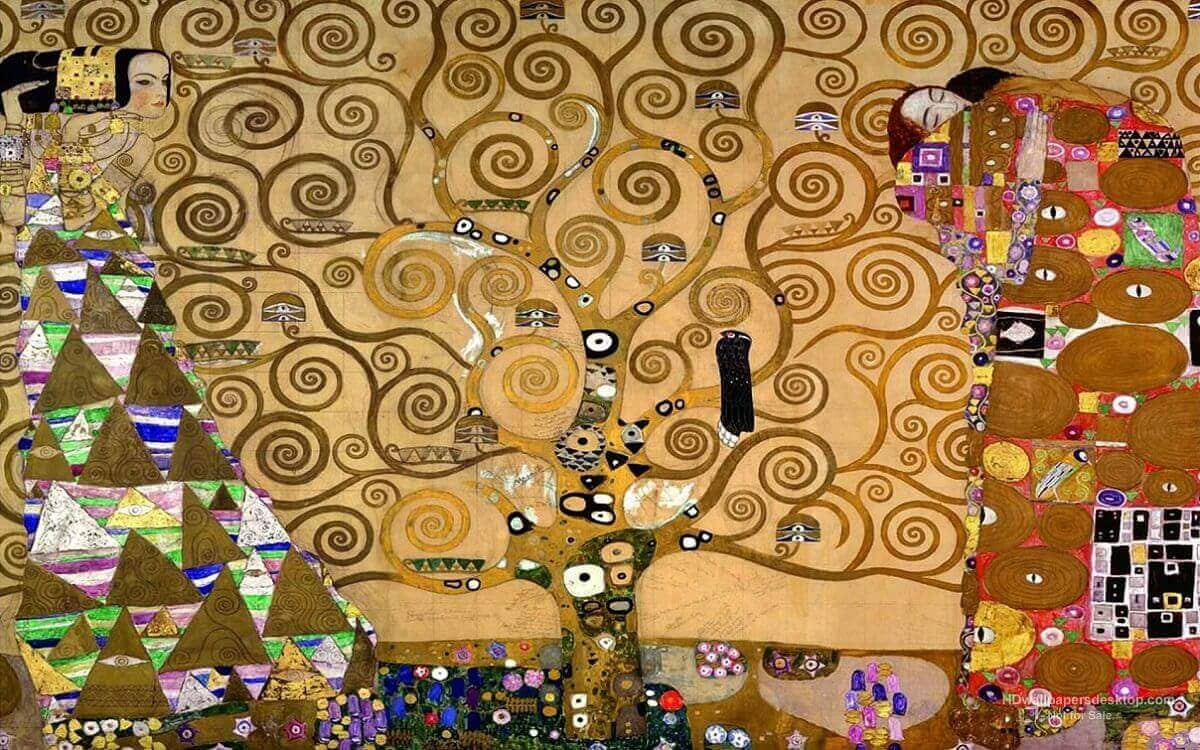
Tree of Life by Gustav Klimt
Gustav Klimt's "Tree of Life" is a richly symbolic artwork that combines his signature use of intricate patterns, gold leaf, and ornamental detailing. The tree's swirling branches represent the complexity and continuity of life, symbolizing growth, connection, and the cycle of birth, life, and death. The artwork is a fusion of natural forms and abstract design, blending elements of spirituality and nature in a visually captivating way. Klimt's interpretation of the Tree of Life reflects his interest in life's eternal cycle and the interconnectedness of all things.
TREE OF LIFE SYMBOL ORIGIN
The Tree of Life is one of the oldest and most universal symbols in human history, with origins tracing back to ancient cultures across the globe. In ancient Mesopotamia, it was depicted in artwork dating as far back as 3000 BCE, symbolizing the connection between the heavens, earth, and the underworld. The tree’s roots delved into the underworld, its trunk stood on the earth, and its branches reached up to the heavens, representing the cycle of life, death, and rebirth.
In Norse mythology, the Tree of Life is known as Yggdrasil, an immense, sacred ash tree that connected the Nine Worlds, acting as a link between gods, humans, and other realms. Yggdrasil was the cosmic tree that held the universe together, and the fate of the world was said to depend on its well-being. Meanwhile, in Ancient Egypt, the Tree of Life was associated with immortality and divine knowledge, often depicted in tomb paintings as a source of sustenance for the dead on their journey to the afterlife.
In different cultures, the Tree of Life’s meaning has varied slightly, but it has consistently symbolized the interconnectedness of all life and the cyclical nature of existence. Whether it appears in religious, mythological, or philosophical traditions, the Tree of Life represents growth, strength, and eternal life.
What does tree of life symbolize?
The Tree of Life symbol holds deep significance across various cultures and eras. Here are four of the most recognized interpretations of the meanings it illustrates:
Connection
The Tree of Life represents how all living things are interconnected, linking the earth, heavens, and underworld.
Growth
It symbolizes personal growth and development, reflecting how we grow stronger through life’s experiences.
Immortality
With its cycle of renewal, the Tree of Life symbolizes eternal life and the continuation of existence beyond death.
Strength
Its deep roots and sturdy trunk represent resilience, symbolizing strength and stability through challenges.
Cultural mention
The Tree of Life has transcended ancient mythology and religious traditions, becoming a symbol that continues to hold deep significance in modern culture. From art and literature to science and memorials, the Tree of Life appears in a variety of contexts, symbolizing interconnectedness, resilience, and the eternal cycle of life. Whether representing spiritual growth, the bond between generations, or the survival of life through adversity, the Tree of Life remains a powerful emblem in contemporary times.
Yggdrasil in Norse Mythology
In Norse mythology, Yggdrasil, the great Tree of Life, stood at the center of the cosmos, connecting the Nine Worlds, including Asgard (the realm of the gods), Midgard (the human world), and Hel (the underworld). This immense ash tree was not only a physical link between these realms but also symbolized the interconnectedness of all life, fate, and time. The health of Yggdrasil was believed to directly affect the universe—if the tree thrived, the worlds remained in balance, but if it suffered, so too did the realms. Yggdrasil’s roots were nourished by sacred wells and tended by the Norns, the weavers of fate. Legends tell of creatures like the serpent Nidhogg gnawing at its roots, representing forces of destruction, while gods like Odin gained wisdom from Yggdrasil by sacrificing himself and hanging from its branches. The tree’s role in both creation and Ragnarok, the Norse apocalypse, illustrates its importance as a symbol of life, death, and rebirth in Norse cosmology.
"The Ash Yggdrasil" (1886) by Friedrich Wilhelm Heine
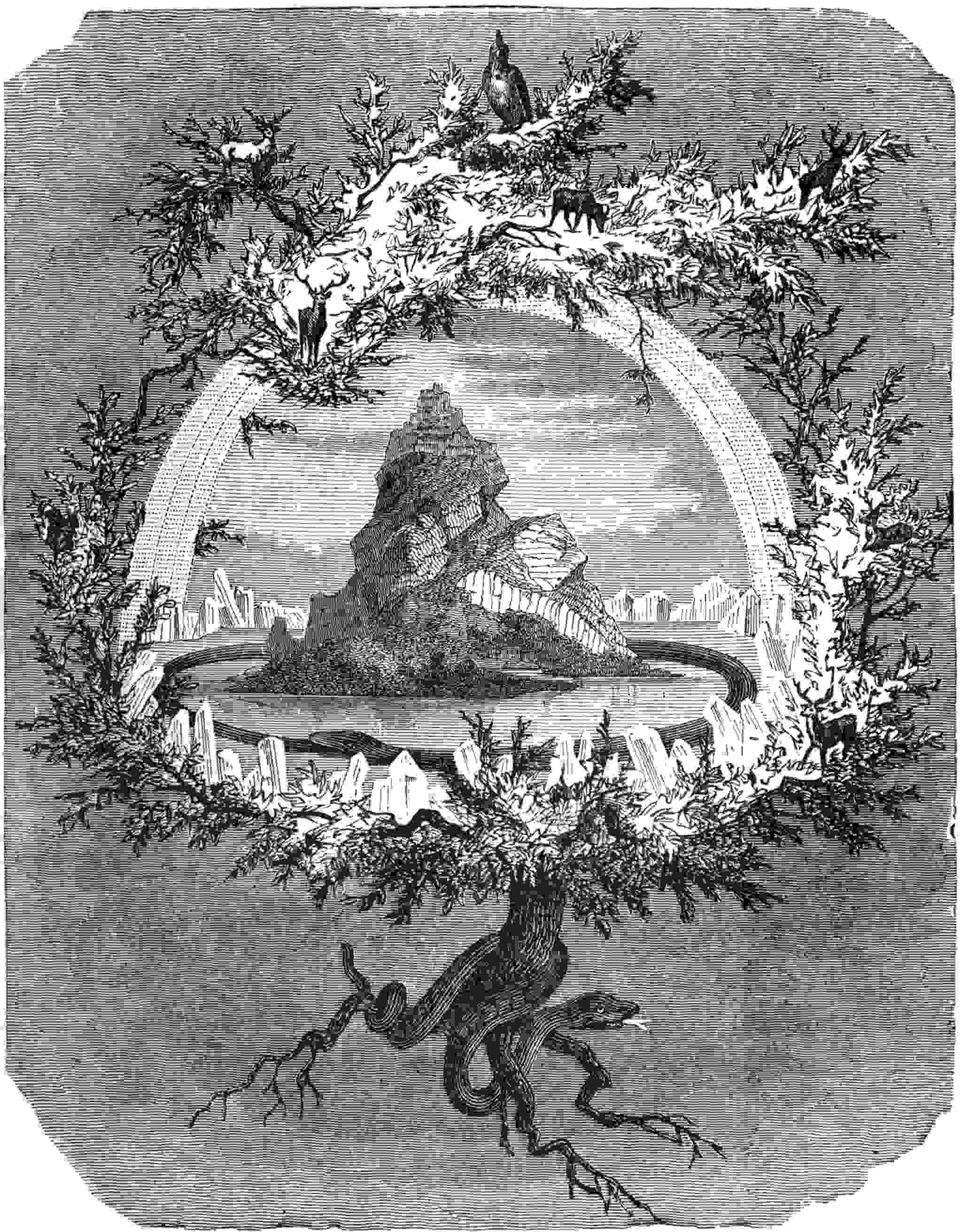
"The Ash Yggdrasil" (1886) by Friedrich Wilhelm Heine
The Tree of Life in Ancient Egypt
In Ancient Egyptian culture, the Tree of Life represented eternal life, divine wisdom, and the cyclical nature of existence. It often appeared in tomb paintings, where it symbolized the afterlife and the sustenance required for the deceased to thrive in the next world. Egyptian mythology tells of gods offering the fruit of the Tree of Life to the dead, granting them immortality and protection as they journeyed through the afterlife. The sycamore fig tree was particularly sacred, often associated with the goddesses Hathor and Nut, who were seen as guardians of the Tree of Life. Hathor, the goddess of love and motherhood, was frequently depicted offering its fruits to souls entering the afterlife. The tree’s deep roots symbolized the connection between life and death, growth and decay, while its branches reaching toward the sky reflected the ascent to divine knowledge and eternal existence. In this way, the Tree of Life in Ancient Egypt embodied the transition from mortal life to immortality, a cycle governed by the gods and their blessings.
*Ancient Egyptian depiction of the Tree of Life
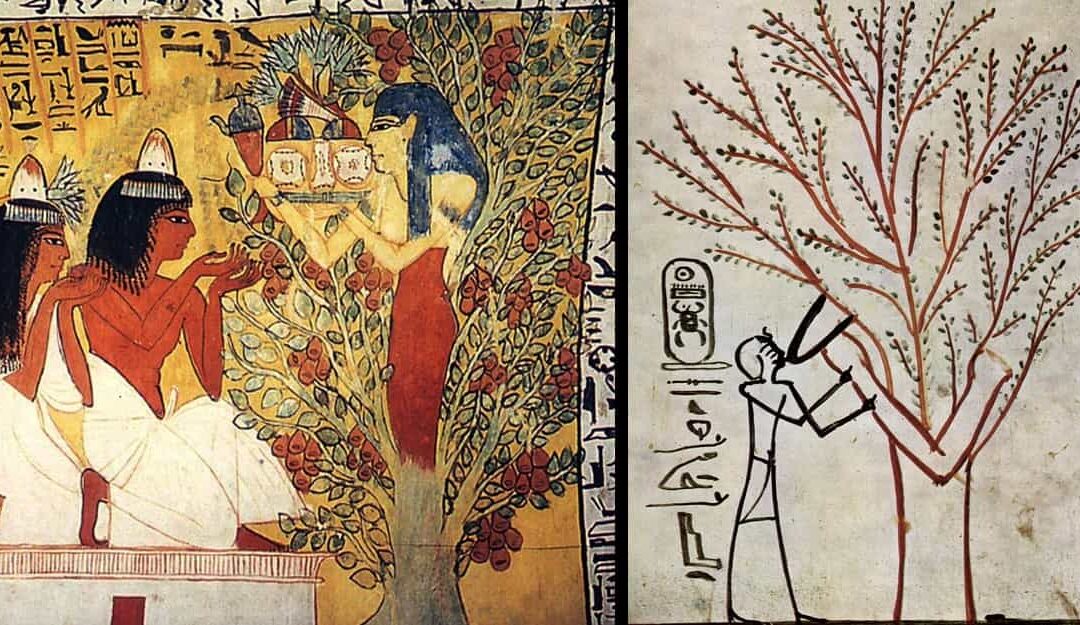
*Ancient Egyptian depiction of the Tree of Life
The Tree of Life in Christianity
In Christian theology, the Tree of Life symbolizes eternal life, divine wisdom, and humanity’s direct connection to God. It first appears in the Book of Genesis, situated in the Garden of Eden as a symbol of immortality and divine grace. However, after Adam and Eve's disobedience, humanity was barred from accessing the tree, leading to mortality and separation from God. The Tree of Life reappears in the Book of Revelation, representing the restoration of divine order in New Jerusalem. Here, it is described as bearing twelve kinds of fruit, with its leaves bringing healing to the nations, symbolizing eternal life and salvation for believers.
*“Tree of life” tapestry by William Morris
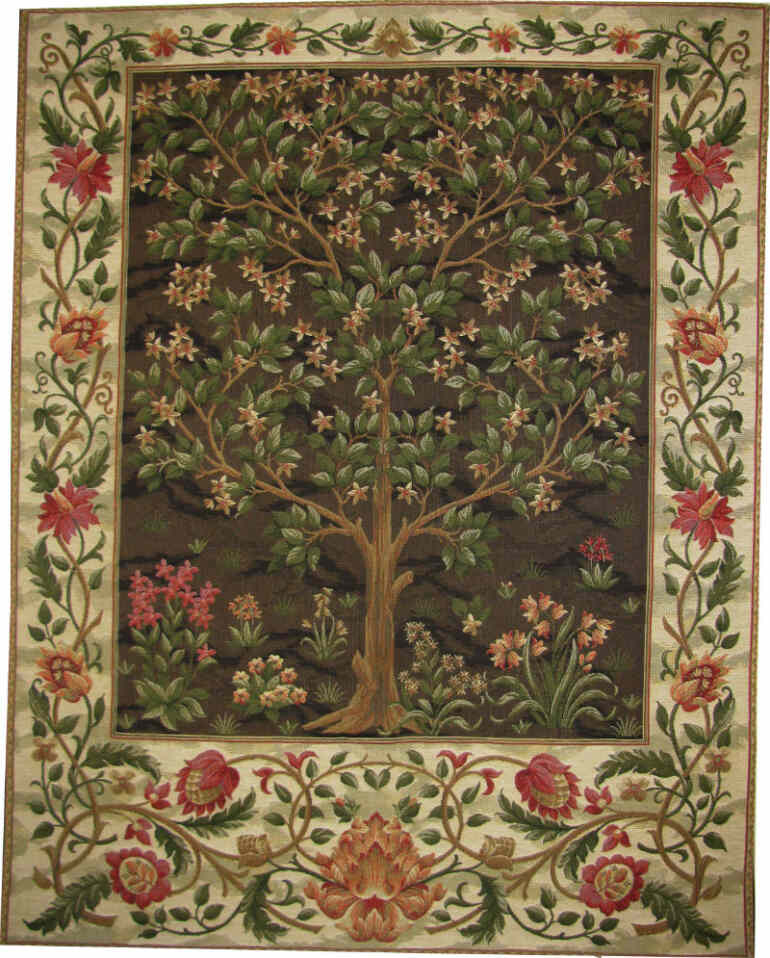
*“Tree of life” tapestry by William Morris
Tree of life symbol in the world of jewelry
The Tree of Life symbol is popular among individuals who seek deeper spiritual connections or a meaningful representation of personal growth and harmony. It often appeals to those who value nature, balance, and interconnectedness. Worn by people of all ages, it resonates strongly with individuals who appreciate symbols of resilience, wisdom, and the continuous cycle of life. This jewelry is especially favored by those embracing mindfulness, wellness practices, or holistic lifestyles, often worn as a reminder of personal evolution or as a protective talisman. The symbol’s universal nature makes it popular across a wide range of age groups, but it is particularly meaningful to people who are drawn to spiritual themes, such as growth, renewal, and strength.Gifting a Tree of Life piece of jewelry often carries profound meaning. It symbolizes a wish for the recipient to experience personal growth, health, and strength. The Tree of Life represents a deep-rooted connection to family, ancestors, and the cycle of life, making it an ideal gift for milestones such as weddings, births, or anniversaries. It can also be a symbol of protection and wisdom, offering the wearer spiritual support. In some cultures, the Tree of Life as a gift expresses hope for a prosperous future and enduring strength, or serves as a gesture of encouragement for the recipient to continue growing and flourishing in their life’s journey.
TREE OF LIFE SYMBOL IN LITERATURE
The Tree of Life has been a prominent symbol in literature throughout history, representing themes of growth, interconnectedness, and the cycle of life. It appears in various genres and traditions, often symbolizing the human connection to nature, spirituality, and the cosmos. From poetry to philosophy, the Tree of Life is used to explore ideas of creation, wisdom, and eternal life. Below are some famous works where the Tree of Life takes center stage.
"The Silmarillion" by J.R.R. Tolkien
One famous literary work featuring the Tree of Life is J.R.R. Tolkien’s The Silmarillion. In this mythology, the Two Trees of Valinor—Telperion and Laurelin—are sacred and give light to the world before the creation of the sun and moon. They symbolize the source of life, knowledge, and beauty, as well as the profound interconnectedness of the universe. Tolkien’s trees draw from various mythological traditions, and their destruction marks a turning point in the story, much like the loss of innocence or paradise in other works.
Illustration by J.R.R. Tolkien for "The Silmarillion"

"The Tree of Life" by Henry Wadsworth Longfellow
And the Tree of Life has been planted,
The roots are deep in the ground;
But the whisper of leaves is faint and far
And the flowers are falling around.
In this poem, Longfellow uses the Tree of Life to symbolize the enduring power of life and growth, even as time passes and challenges arise. The imagery of deep roots and falling flowers reflects the cycle of life—both the persistence of the tree and the inevitability of change.
“The Falling Leaf" by Ada Cambridge
Behold the Tree of Life!
Its leaves are green, although its roots are wet
With blood of heroes! while above, the sky
Still thunders with the cannon's roar.
Wilcox’s poem portrays the Tree of Life as a symbol of resilience and survival, even amidst war and destruction. The tree stands tall despite the sacrifices and turmoil, representing hope and strength through adversity.
"Tree of Life" by William Blake
He who binds to himself a joy
Does the winged life destroy;
But he who kisses the joy as it flies
Lives in eternity’s sunrise.
Blake’s short but profound verse uses the metaphor of a tree to express the fleeting nature of life and joy. The Tree of Life here symbolizes the balance between embracing life’s transient moments and understanding their place in the eternal cycle.
Thoughts
Thoughts placed alongside a symbol resonate with its meaning, serving as a guide to expand your understanding of the symbol's significance in relation to your personal experiences. AMULETHA™ also embraces this approach, invites a deeper contemplation of how symbolic meanings can reflect and enrich your life’s narrative, enhancing your appreciation of both the symbol and its broader implications.
Universal Web - The Tree of Life shows the intricate web of connection between all living things, linking the earth, heavens, and underworld.
Path of Becoming - It symbolizes the journey of self-discovery and transformation, where life's trials help us grow stronger.
Eternal Flow - The tree’s renewal cycle represents the endless flow of life, signifying eternal existence and life beyond death.
Rooted Stability - The deep roots and firm trunk symbolize the inner strength and stability we develop while facing life’s challenges.
FREQUENTLY ASKED QUESTIONS
Do all cultures have a concept of a Tree of Life?
While the Tree of Life may not appear identically in every culture, the concept of a sacred or symbolic tree is a universal and recurring motif across the world. This is likely because trees represent the natural cycles of life, provide sustenance, and connect different realms—physical, spiritual, and cosmological. So, while not all cultures use the exact phrase "Tree of Life," many share similar themes and symbols tied to trees, growth, and the essence of life.
What does tree of life in a dream could mean?
Dreaming of the Tree of Life often symbolizes personal growth, interconnectedness, and spiritual development. It reflects the dreamer's journey through life, highlighting themes of balance, wisdom, and renewal. The tree can represent deep-rooted connections to family, nature, or one’s inner self, while also pointing to the cycles of life and transformation. Overall, the Tree of Life in a dream is a powerful symbol of unity, resilience, and the pursuit of higher understanding.
What does the tree of life tattoo mean?
A Tree of Life tattoo typically symbolizes personal growth, strength, and interconnectedness. It represents the wearer's journey through life, embodying resilience, wisdom, and the ability to overcome obstacles while constantly growing. The roots of the tree symbolize a strong foundation, often referring to family, heritage, or grounding in one's beliefs, while the branches reaching upward signify aspirations, spiritual growth, and the pursuit of higher understanding. Additionally, the tattoo can reflect the interconnectedness of all life, reminding the wearer of their connection to nature, the universe, and others around them.













